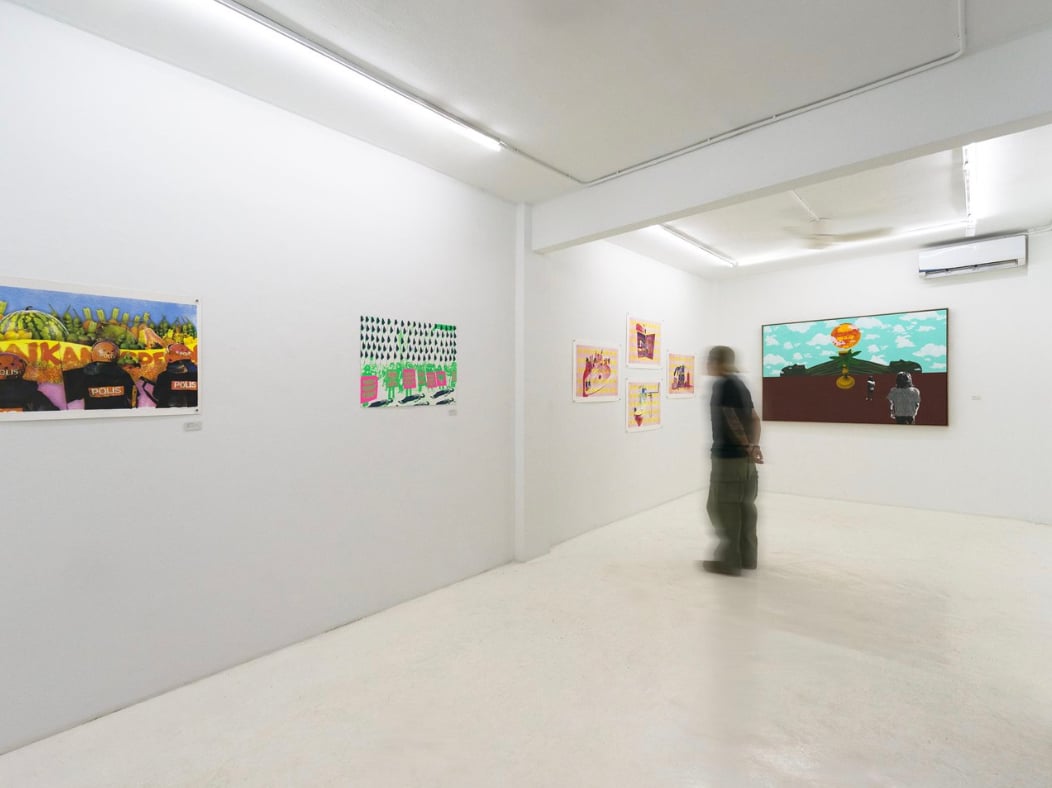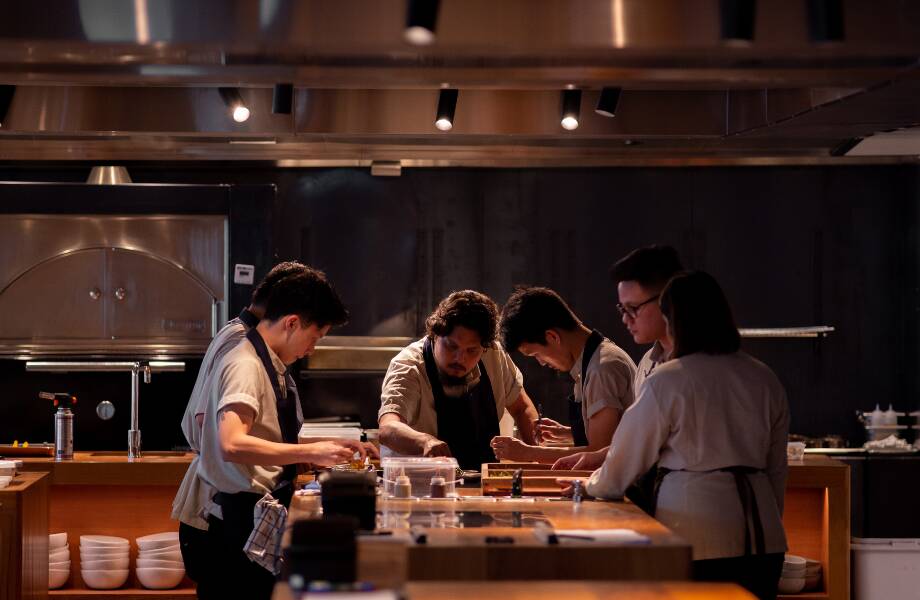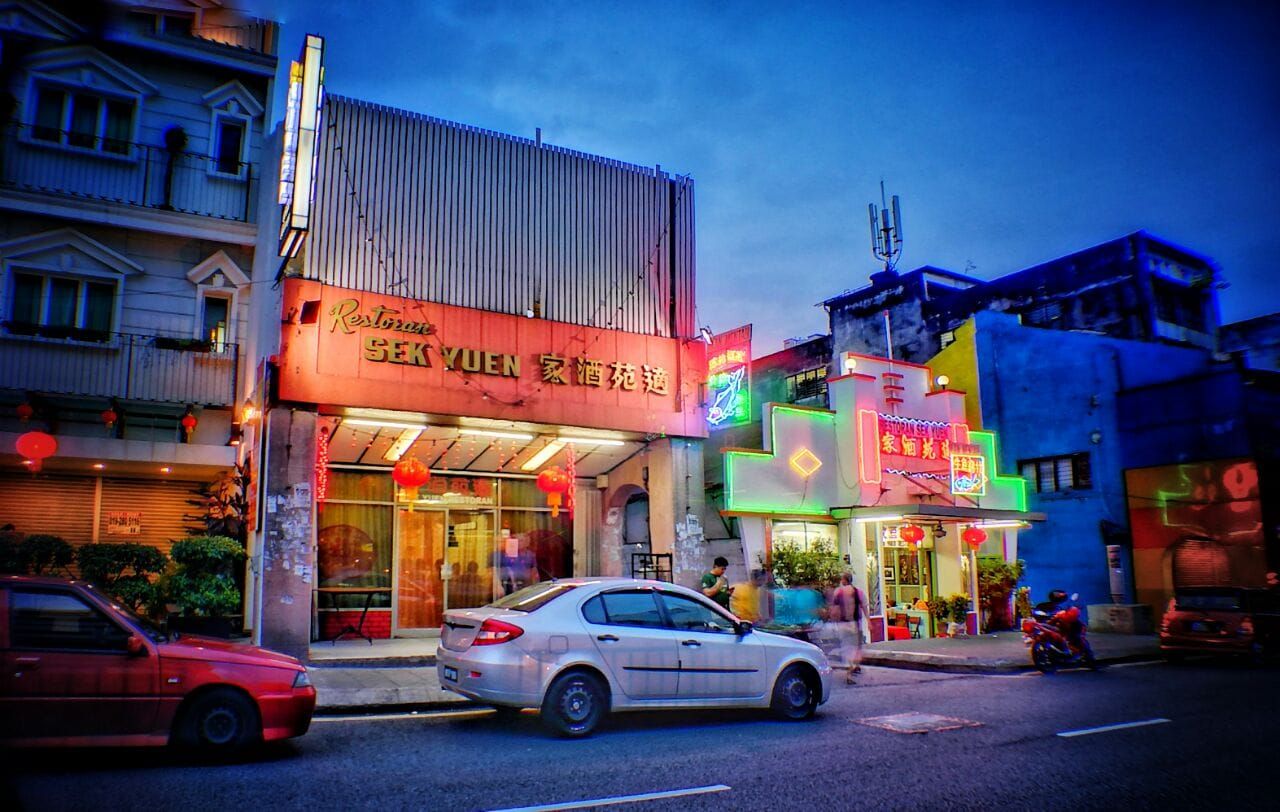As a melting pot of cultures, Kuala Lumpur has become the incubator for cultivating a new age of ingenuity in Malaysia. From forward-thinking chefs daring to interpret age-old local staples with Western culinary methods, to architects giving derelict buildings a new lease on life, the capital city embodies creativity in modern Malaysia.
This level of creative nurturing also extends to the arts. Ambitious and daring to shake up narratives, an emerging breed of alternative artists is bringing fresh takes to the table, and The Back Room is at the forefront of this movement.
Located within the confines of the Zhongshan Building (a location we featured in our list of old-turned-new KL spots), The Back Room is a stark contrast from the spacious, sometimes imposing halls of big name art galleries. The name matches its reality; The Back Room is quite literally just the size of a regular room.
The gallery’s ethos is made obvious on its website: “At The Back Room, we stand by the belief that art shouldn’t just be giant tapestries hanging in huge mansions nor about champagne parties and fancy events,” writes founder Liza Ho, who is also the Creative Director of the Zhongshan Building.
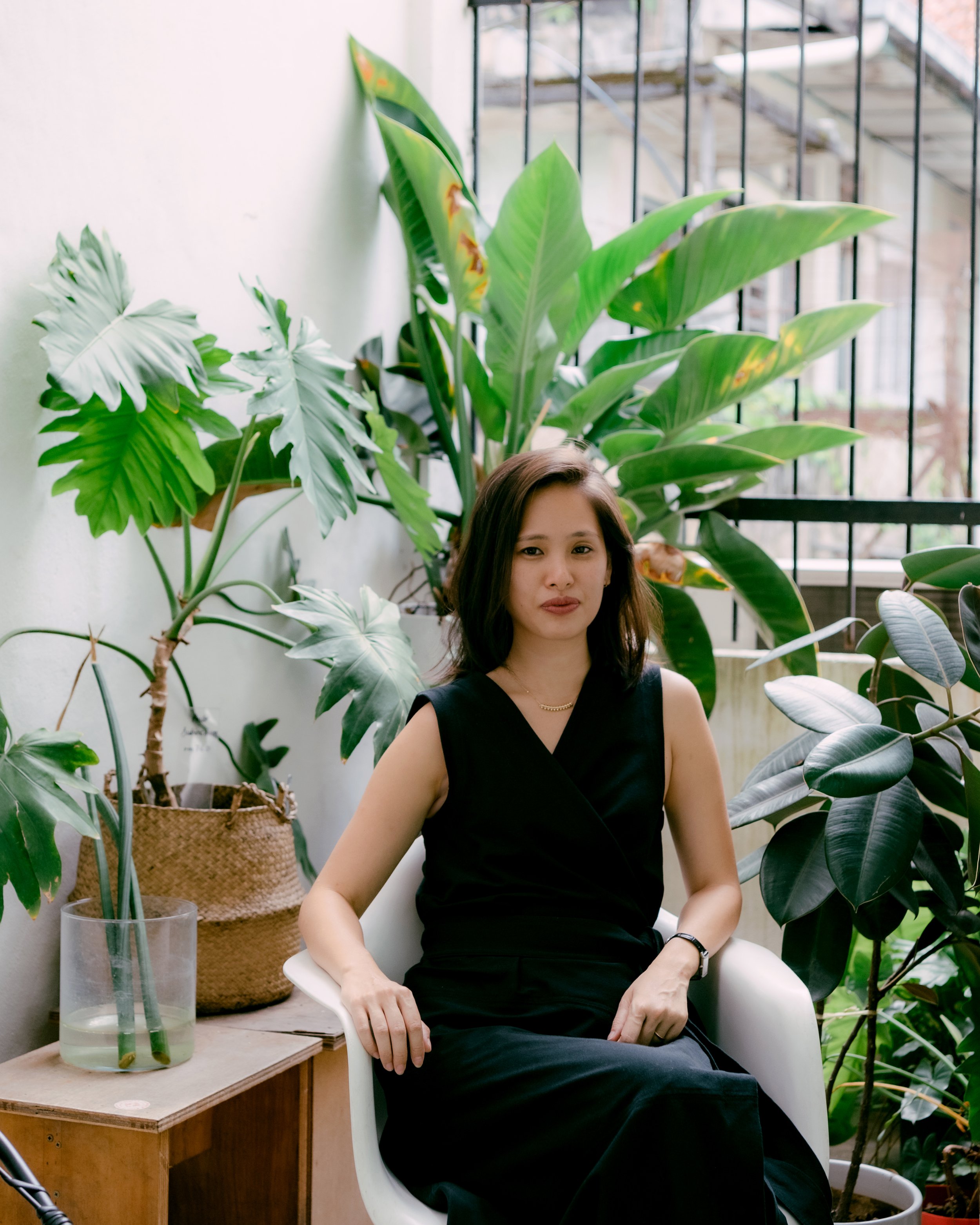
Boasting over a decade’s worth of experience within the art circuit, Ho launched The Back Room after the shuttering of OUR ArtProjects, a previous venture that was also in the Zhongshan Building.
By swapping the white-washed spaces of a traditional art gallery for a cramped room at the back of a Japanese-themed café, The Back Room cuts through convention to create a community for both artists and visitors to converge and interact. As a result, it’s the perfect space for young, tech-savvy creatives — who may not be keen on participating in traditional art showcases — to set up exhibitions that allow visitors to get up close and personal with their work.
For first-timers or those unfamiliar with art, there are knowledgeable and friendly volunteers who can help with navigating the admittedly intimidating process of viewing art. And since The Zhongshan Building is frequented by a younger and hipper crowd, this personal touch dispels awkwardness and allows visitors to let their guard down, making the gallery experience an enriching and memorable one –– no matter how little one might know about art or its associated lingo.
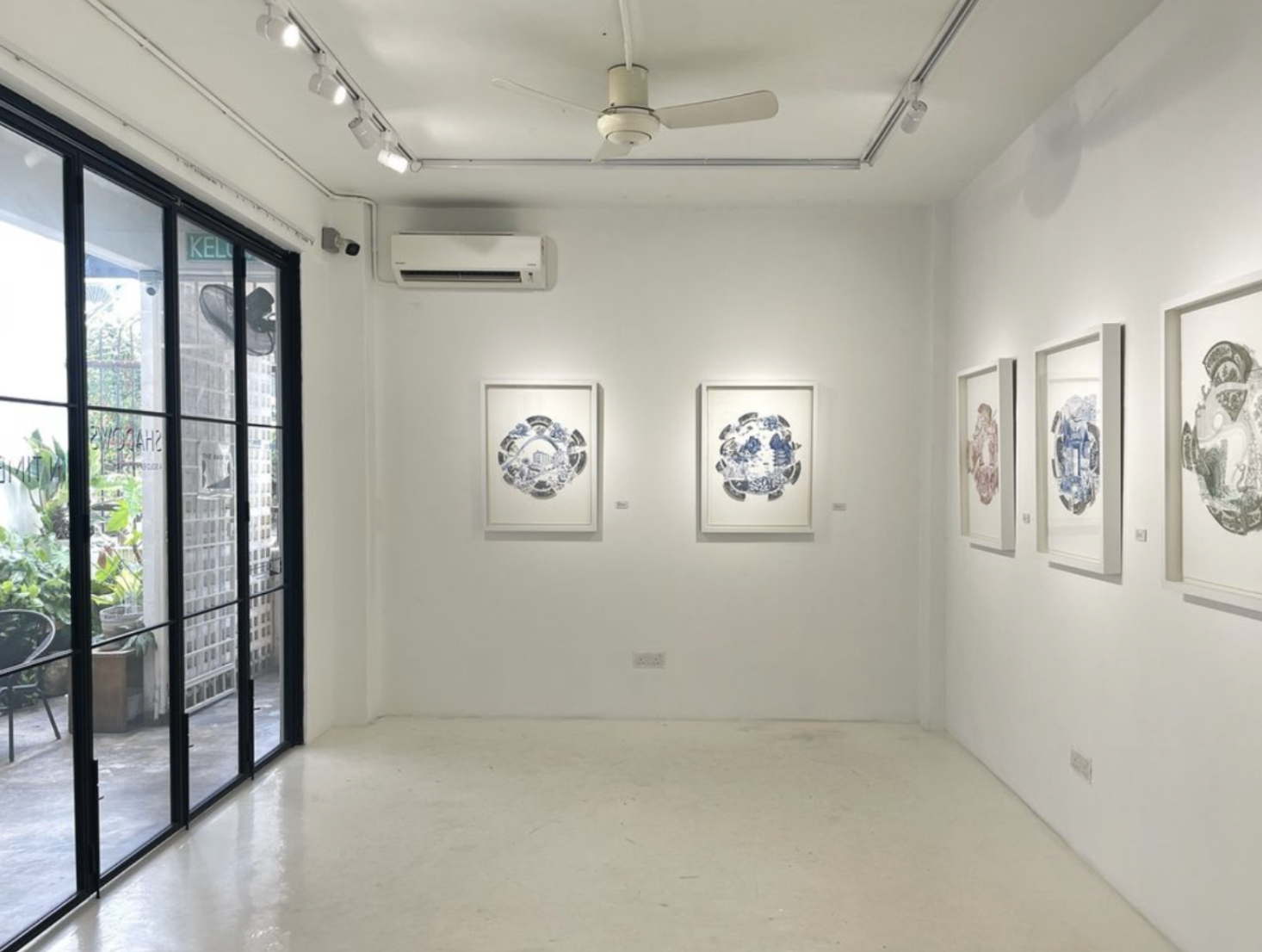
While most galleries focus on a roster of established artists and cater towards an elite collector clientele, The Back Room does the opposite, showing a wide range of artists and striving to make art affordable for almost everyone. Come expecting to see anything from paintings and prints to photographs and sculptures.
In the past few months, The Back Room has hosted Joshua Fitton’s “Shadows in Time,” featuring thirteen ink drawings made with broken ceramics pieces; “Inventory of Intimacies,” a group exhibition by three emerging Malaysian artists (Ang Xia Yi, Cheong See Min, and Nia Khalisa) working with textiles; and Dexter Sy’s interpretation of the Chinese diaspora through vivid paintings.
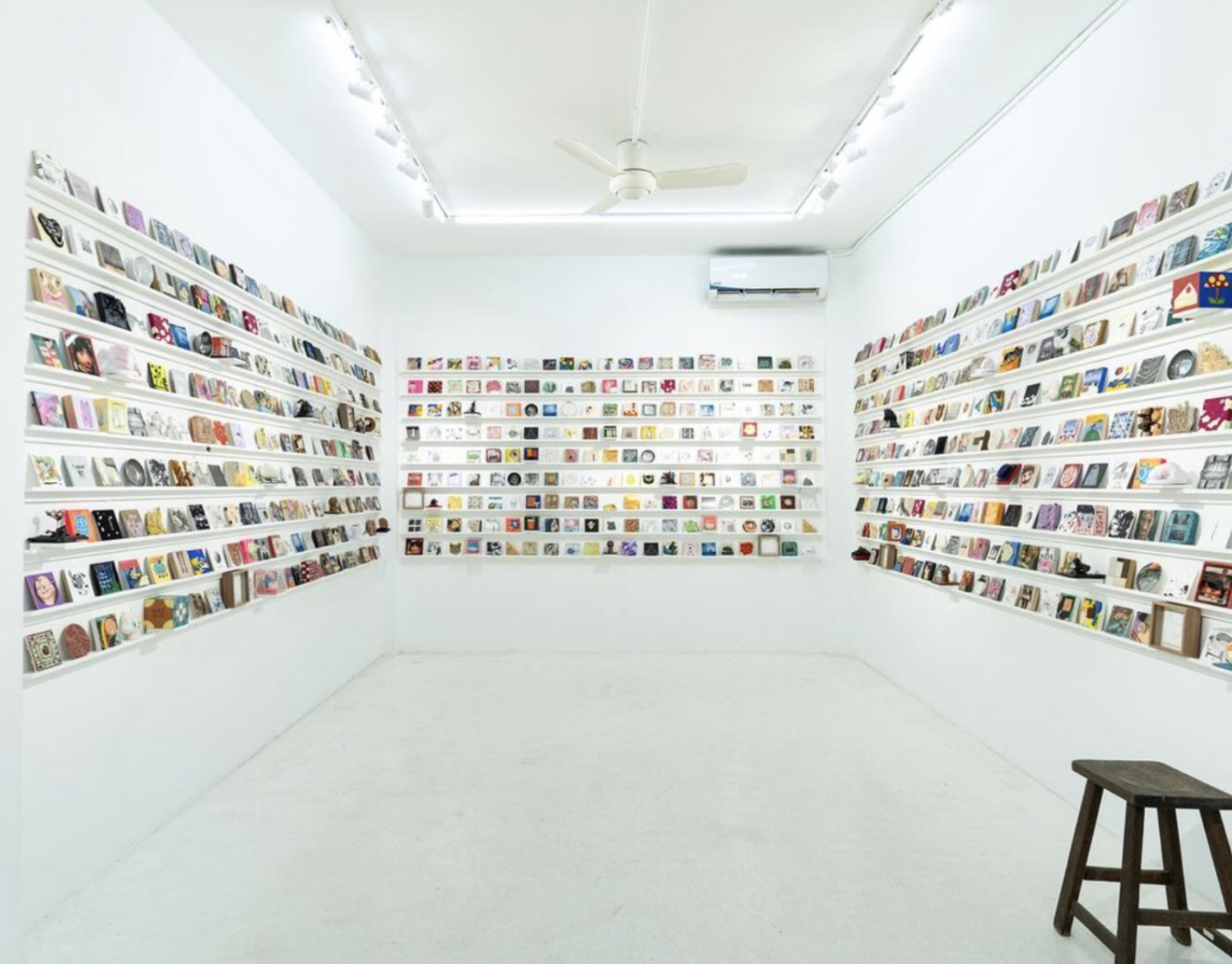
Beyond exhibitions, The Back Room doubles as a marketplace to buy art at a broad range of prices, which means even those without deep pockets can walk out with a one of a kind statement piece. As Ho says on the website, “… while we don’t believe in ‘cheap’ art, we believe in fair prices and having a range of art of different mediums, sizes and price points.”
To further democratize art buying for the general public, the gallery hosts the event “1000 Tiny Artworks” every year, featuring 100 artists, each presenting 10 works measuring approximately the size of a tile, and priced at 100 RM (about 23 USD) each.
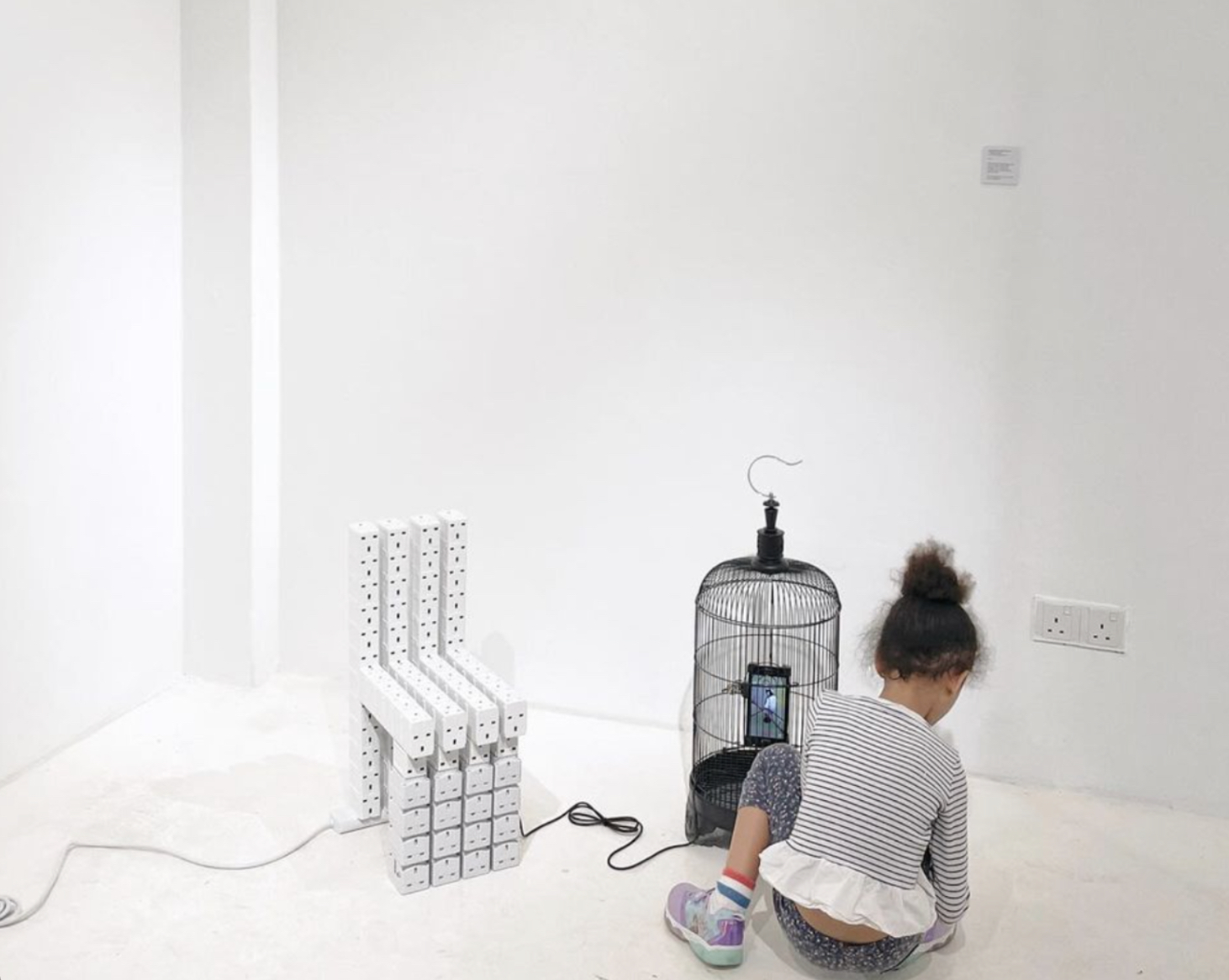
As a whole, The Back Room fits perfectly in the community of tenants that forms the Zhongshan Building ecosystem. Whether it’s an artisanal French-inspired bakery or a listening room where you can discover the coolest DJs around town, each business has its own calling card and sense of style, not wanting to bend to the mainstream –– just like The Back Room and its laid-back, almost rebellious approach to promoting art.
Banner image via The Back Room.

